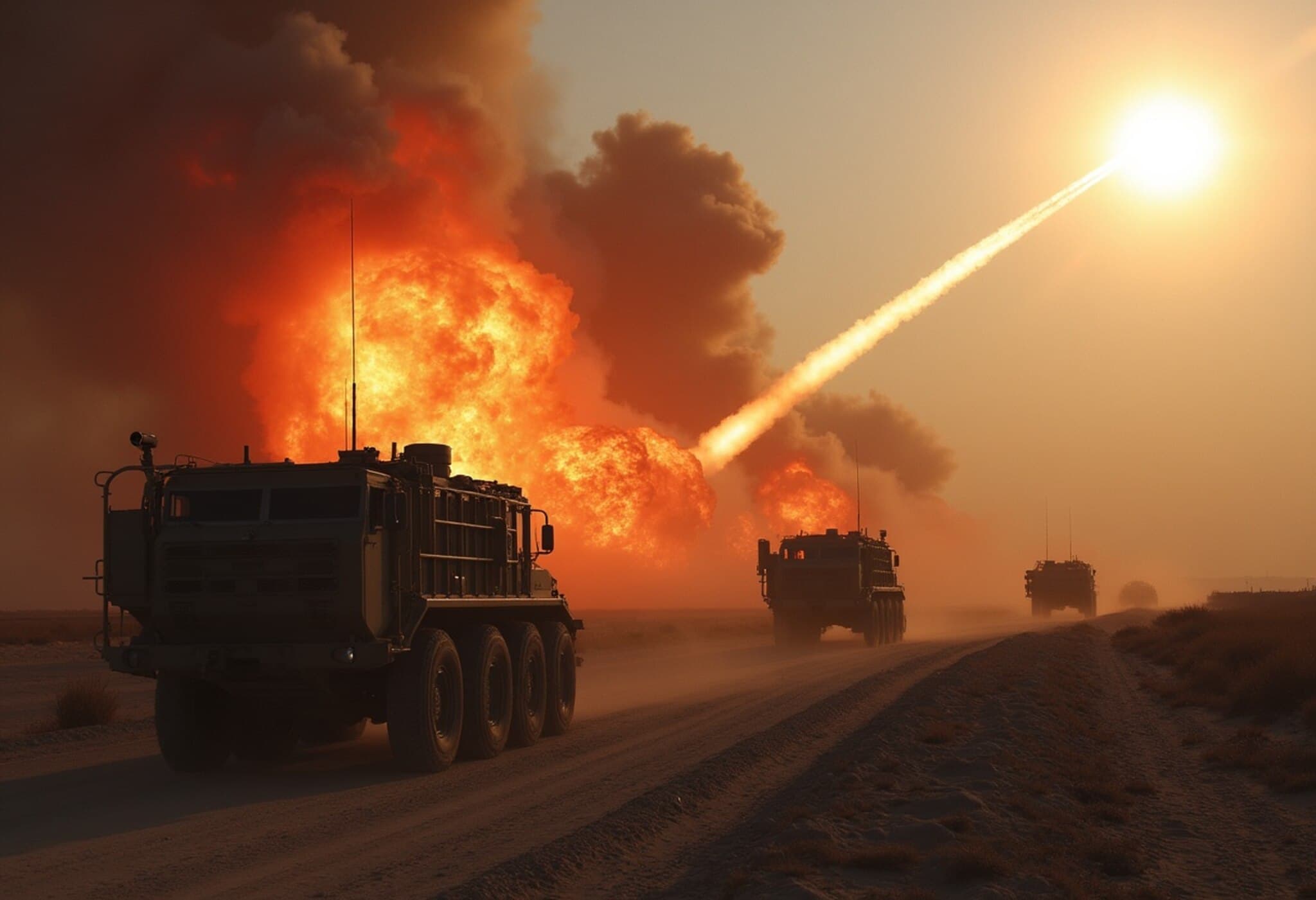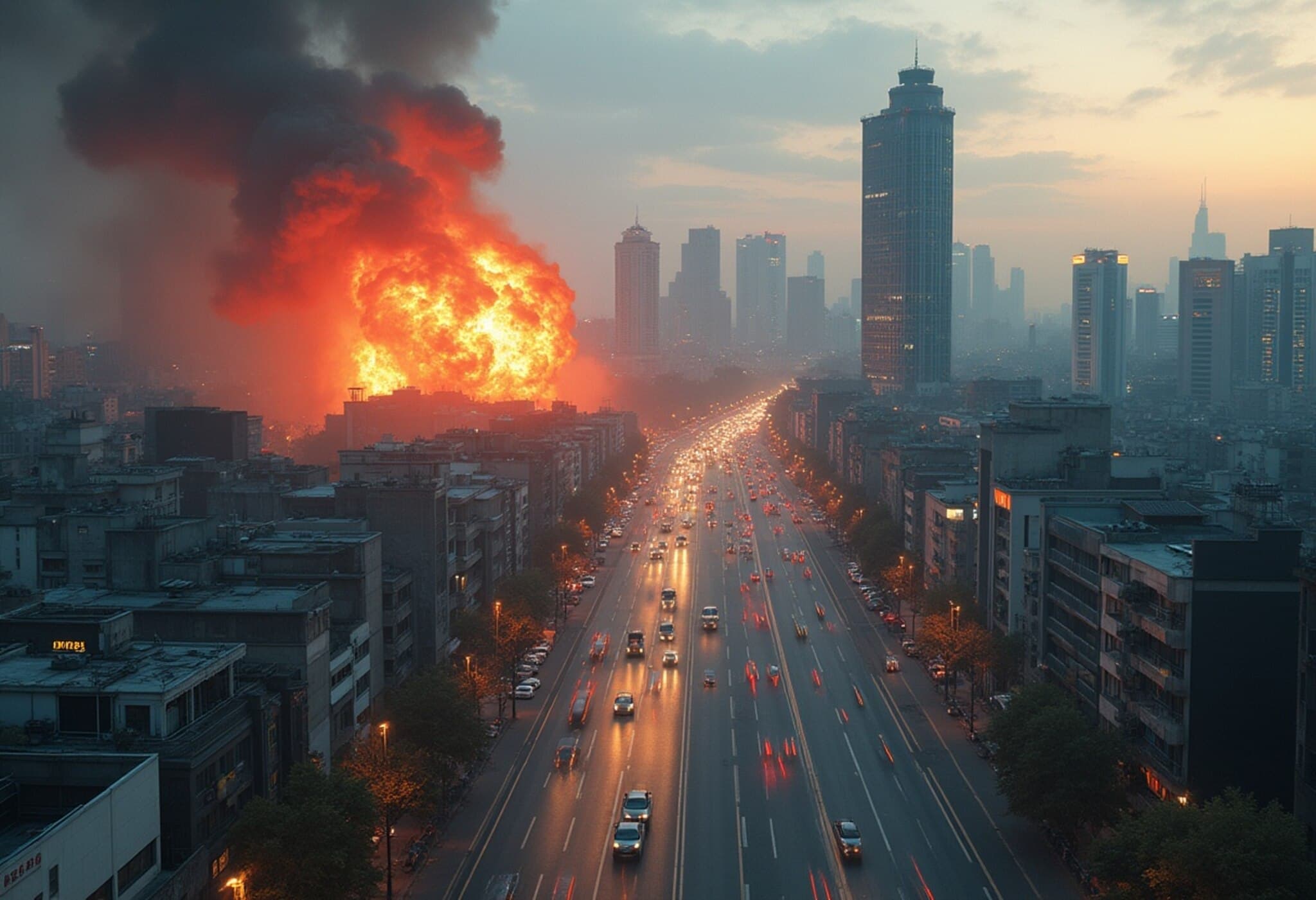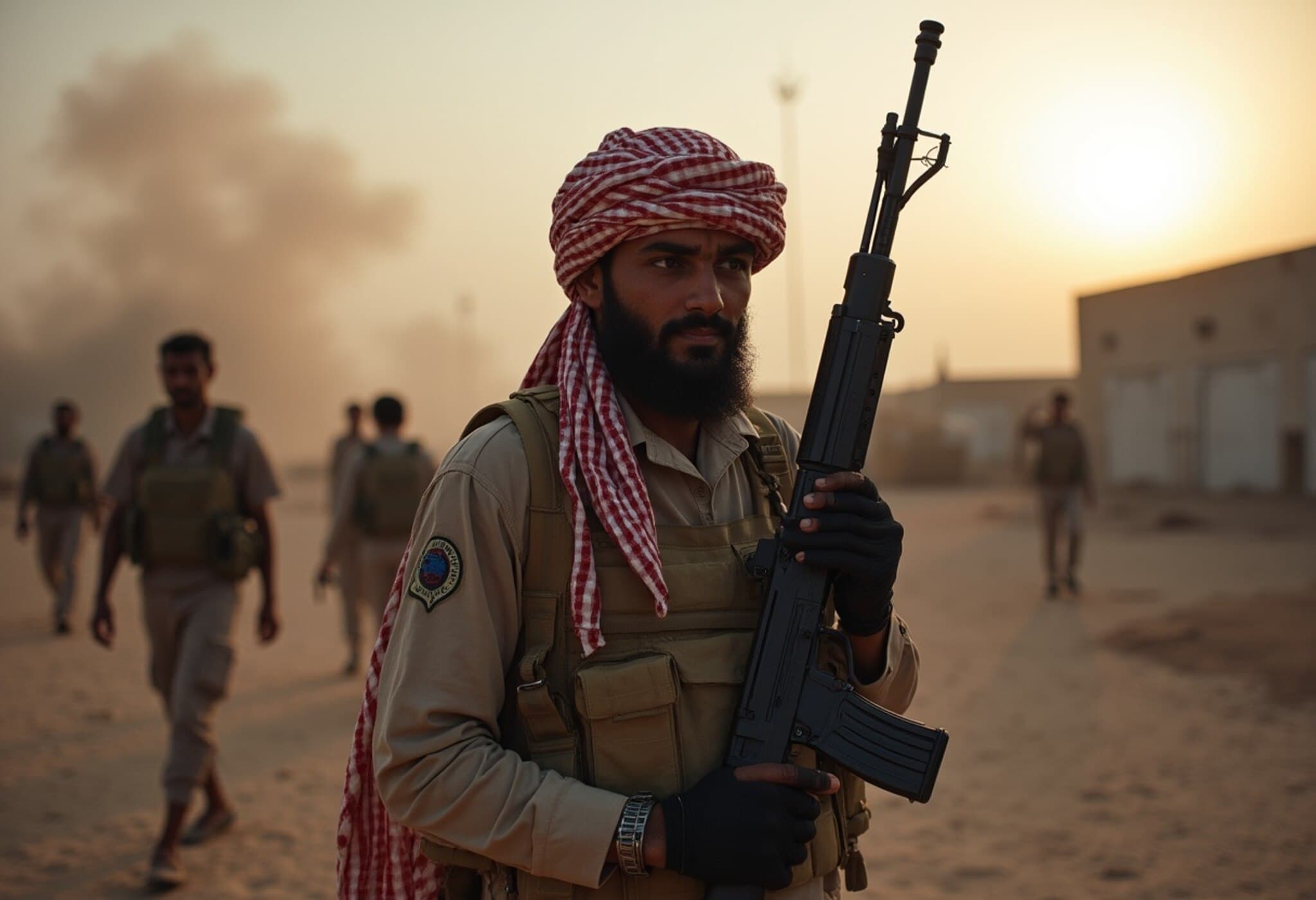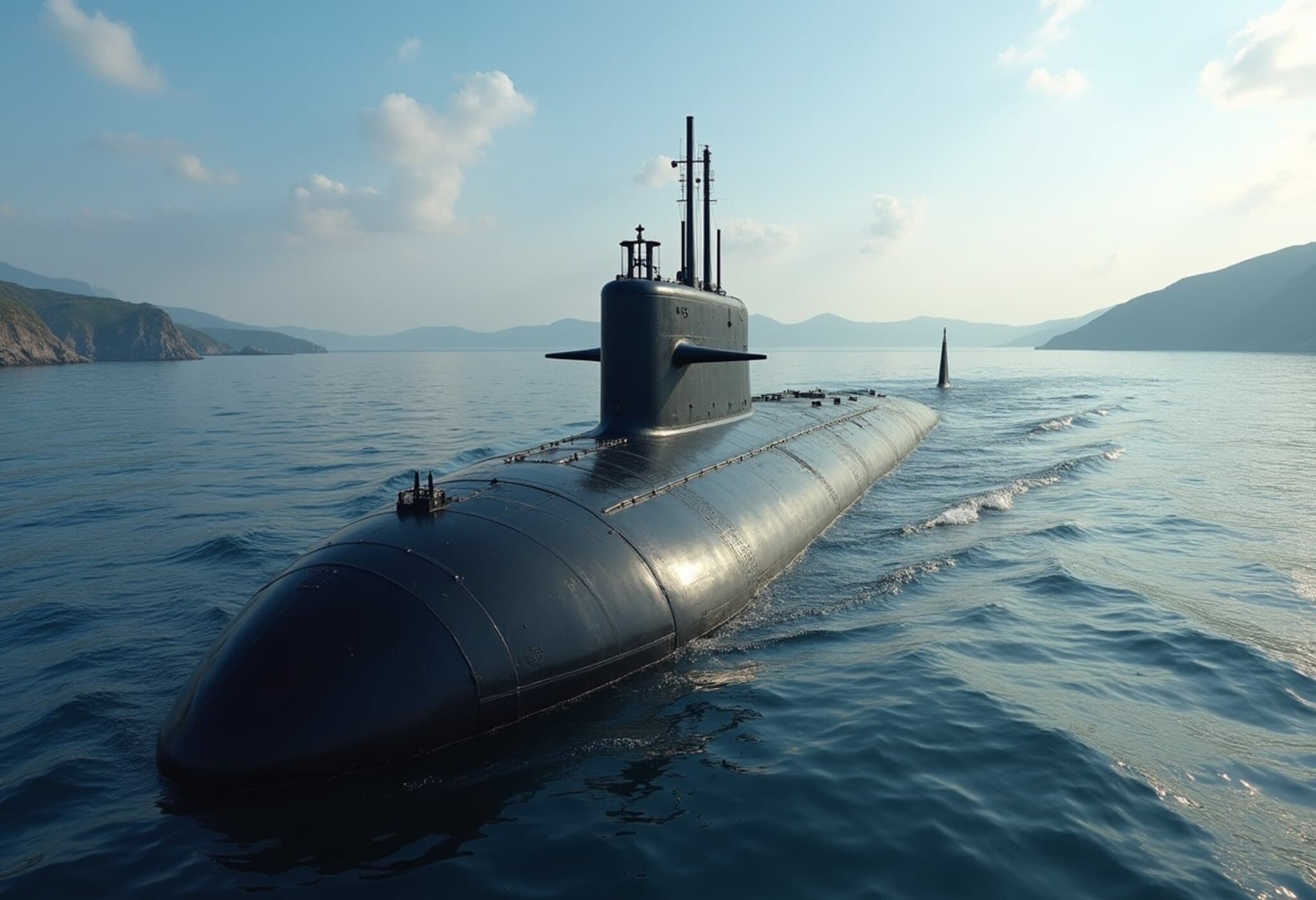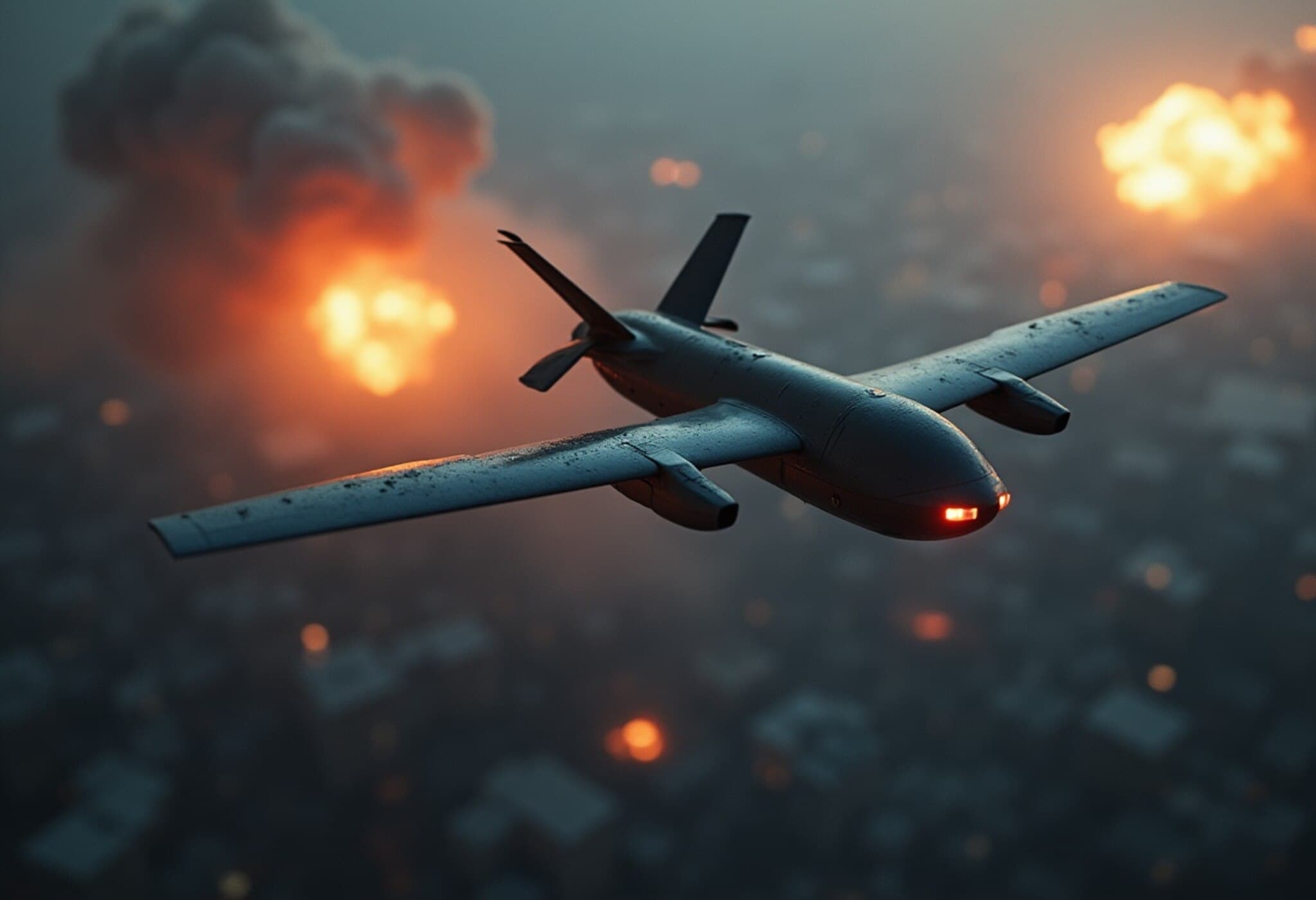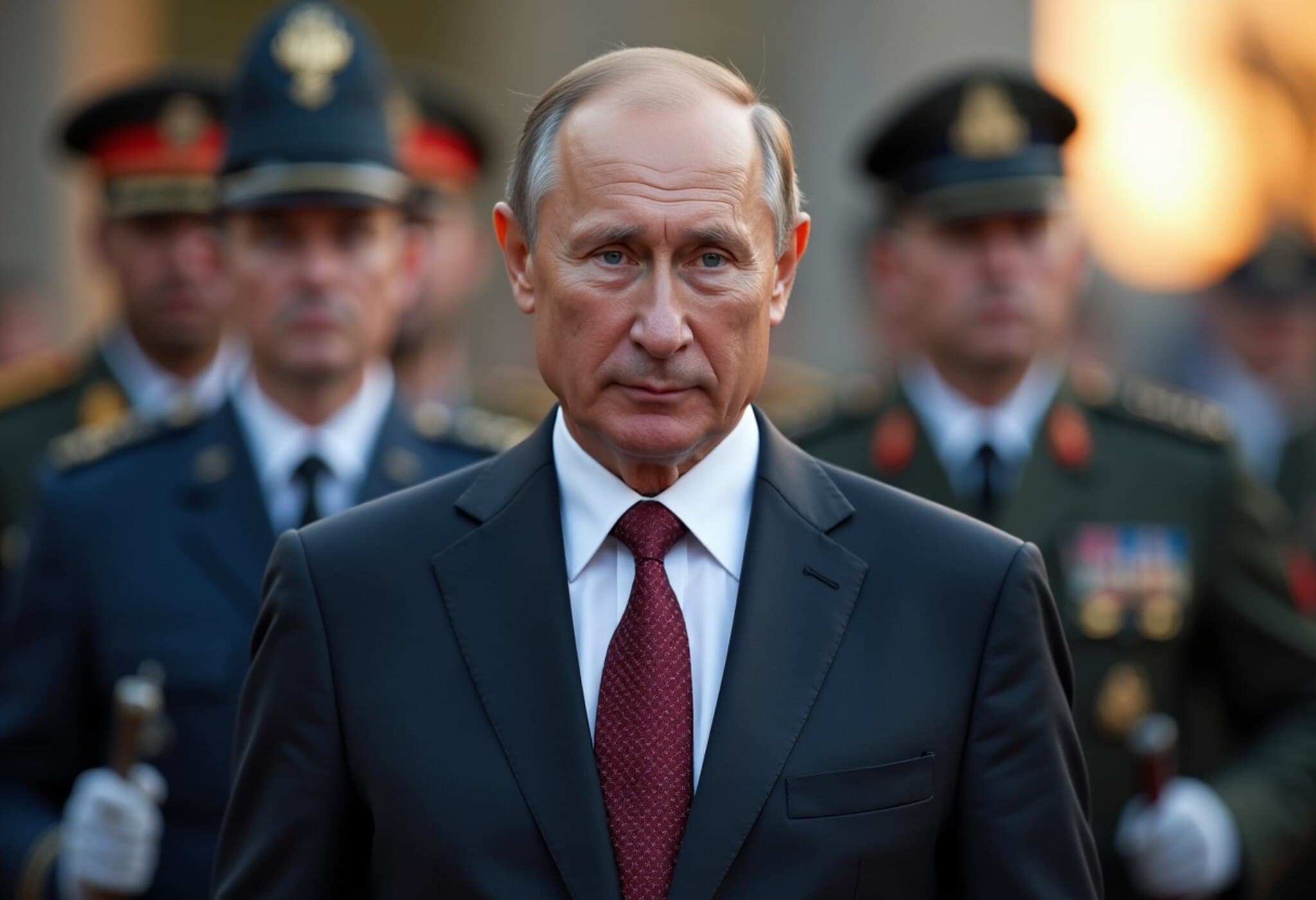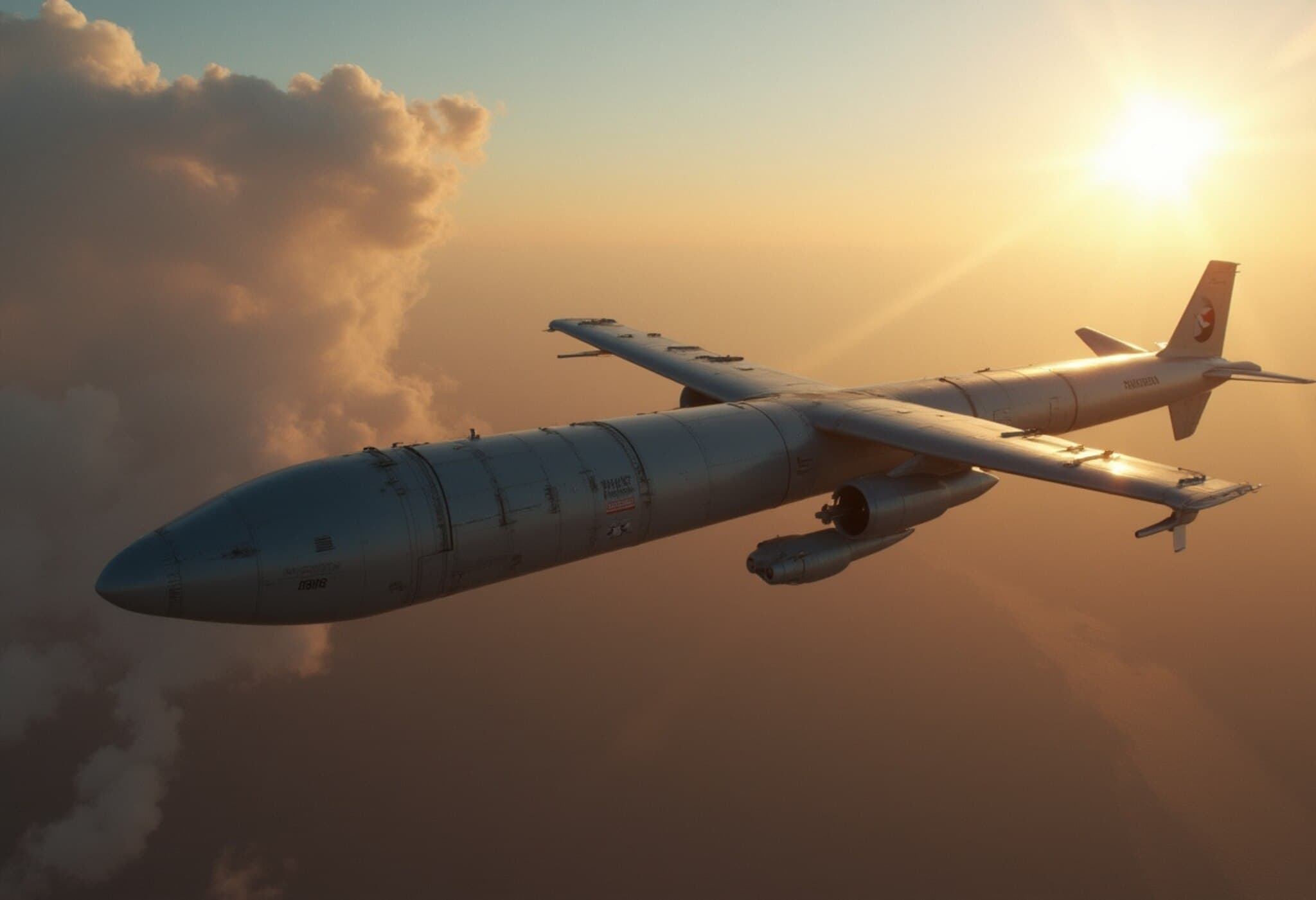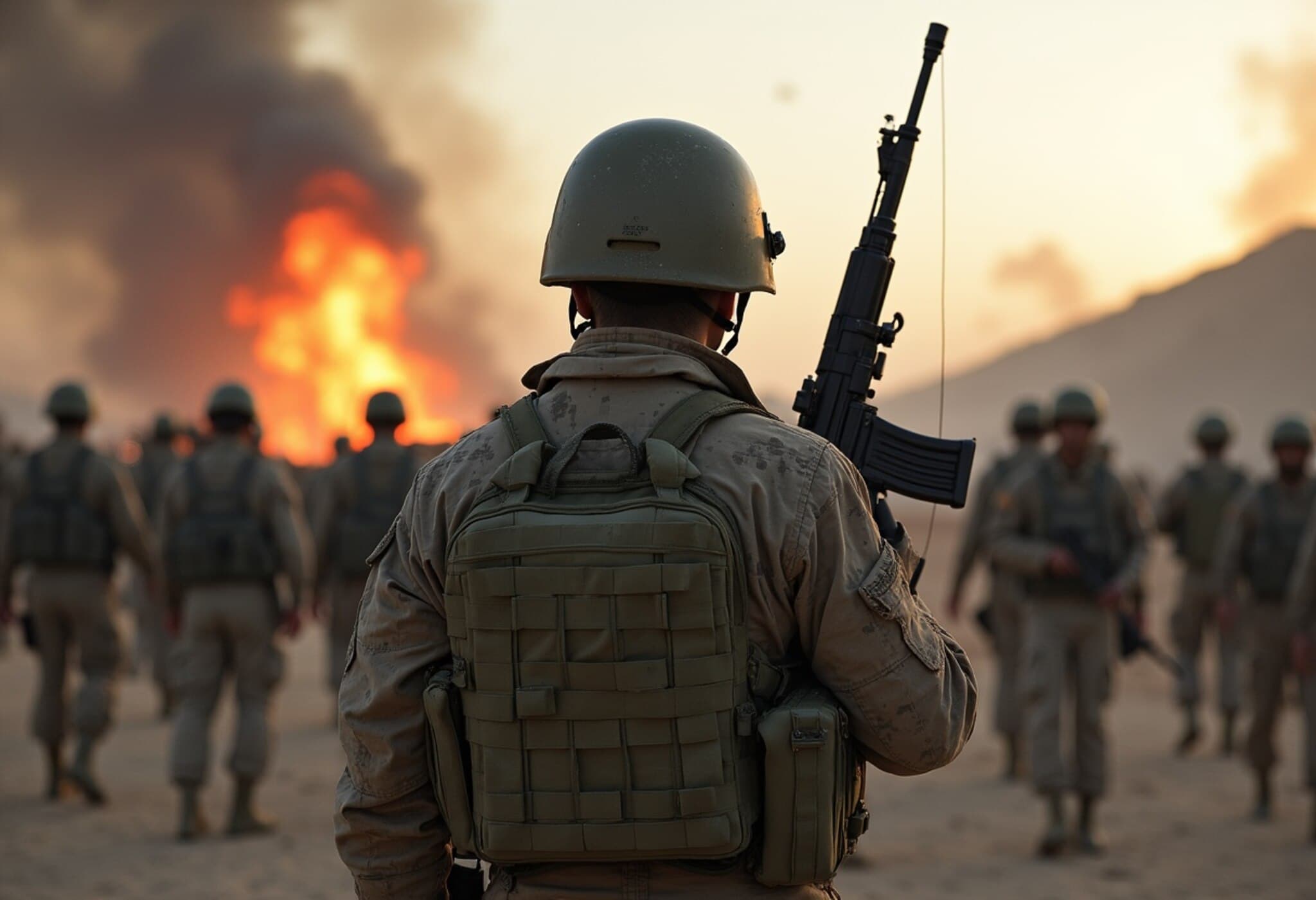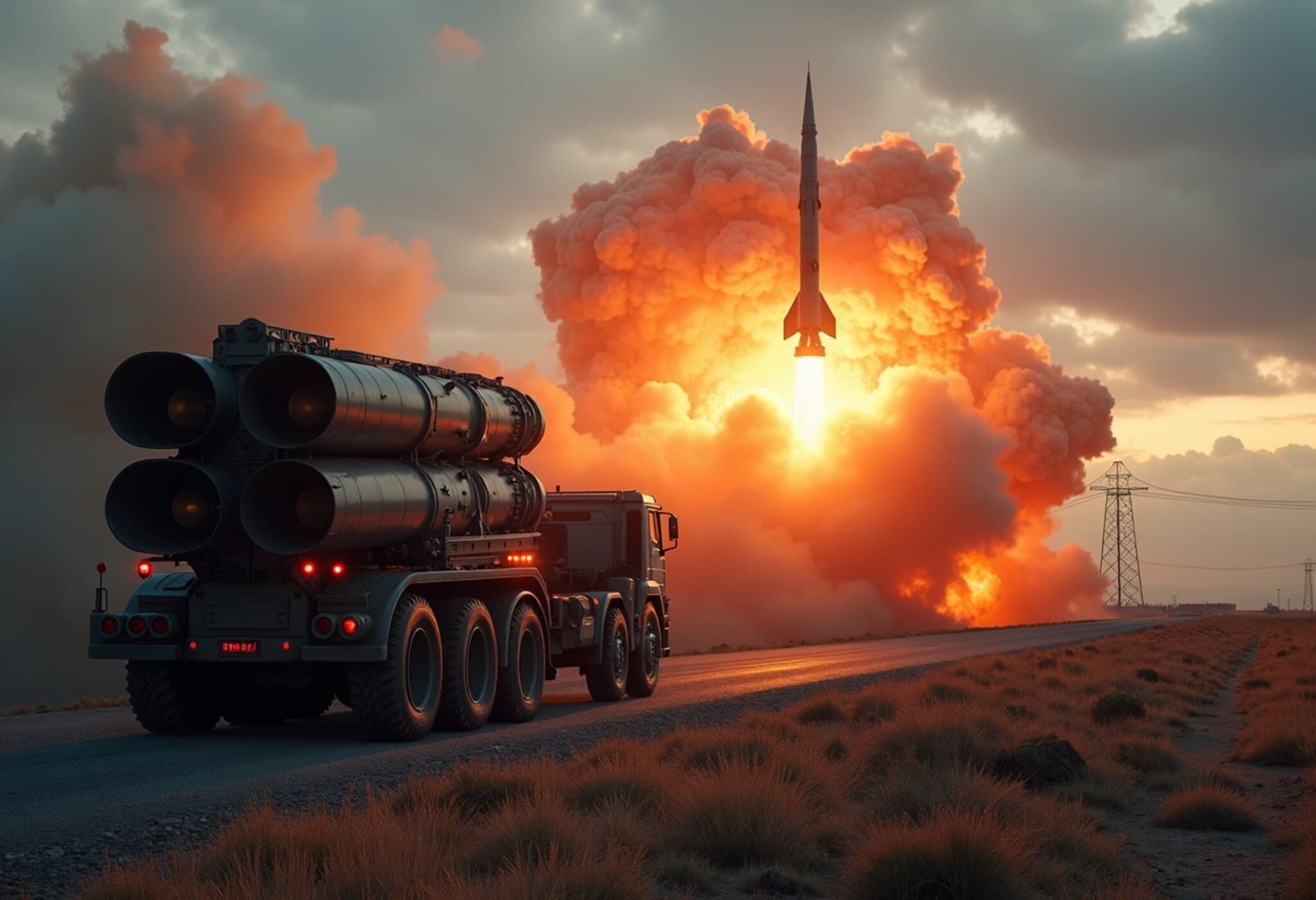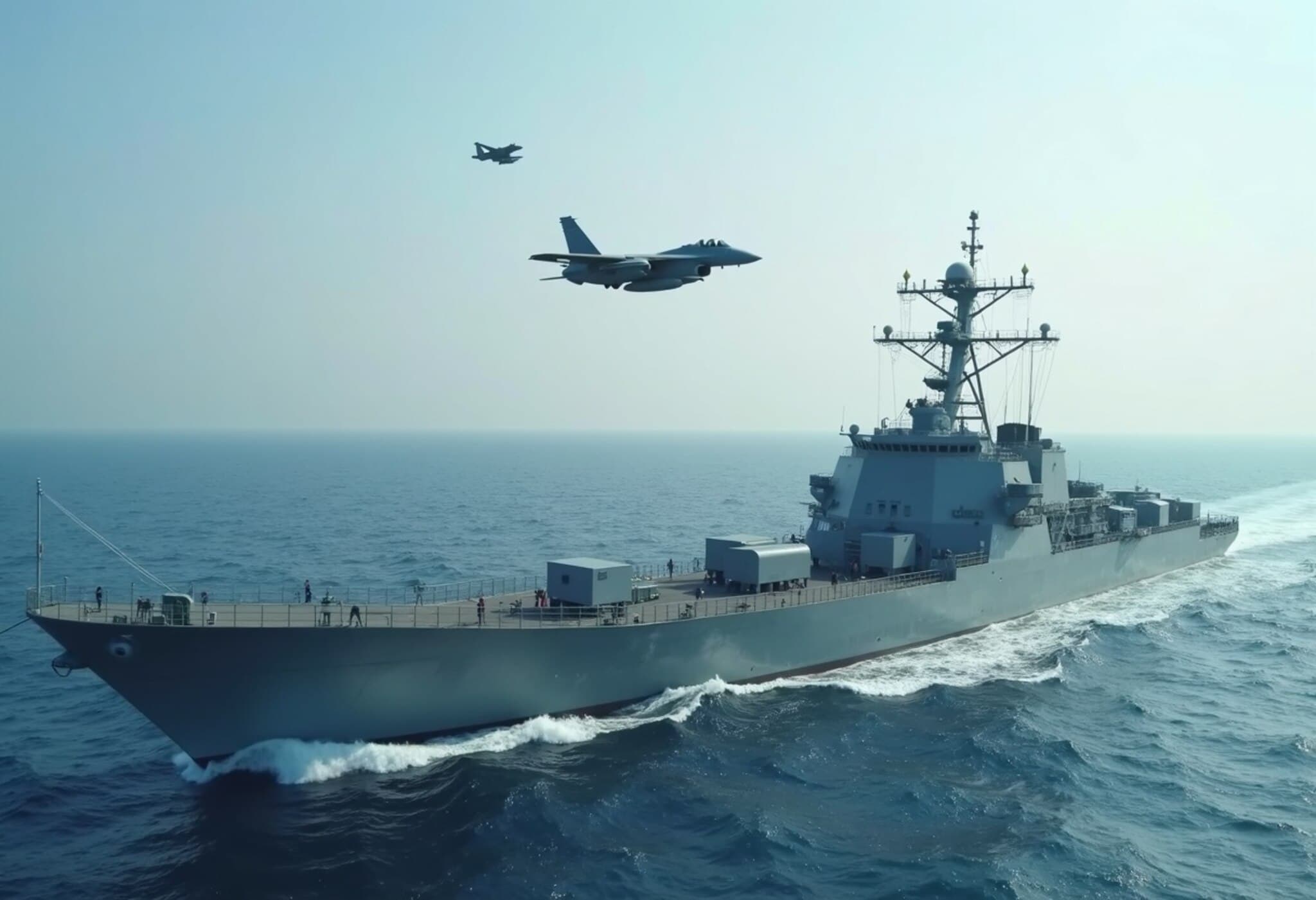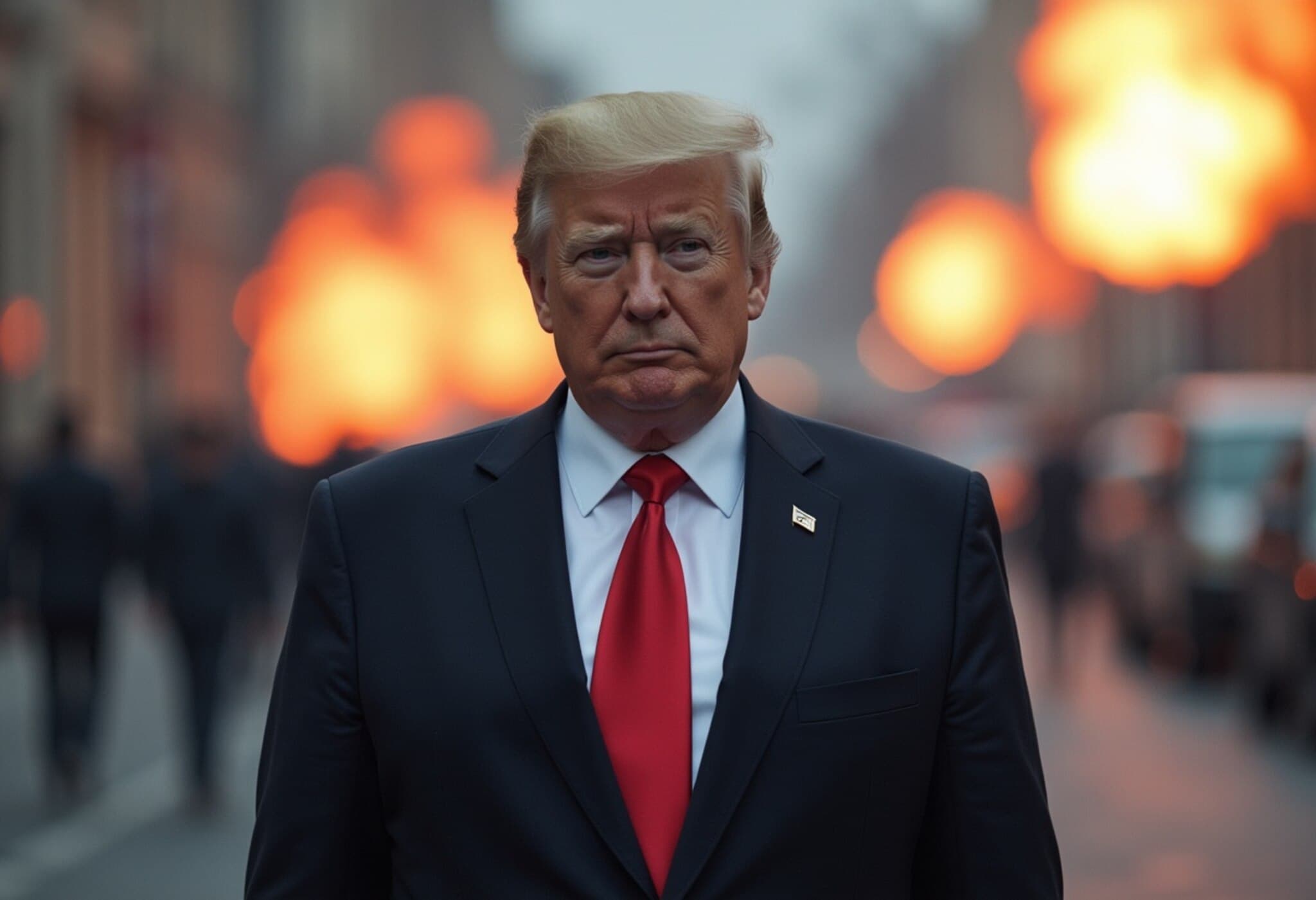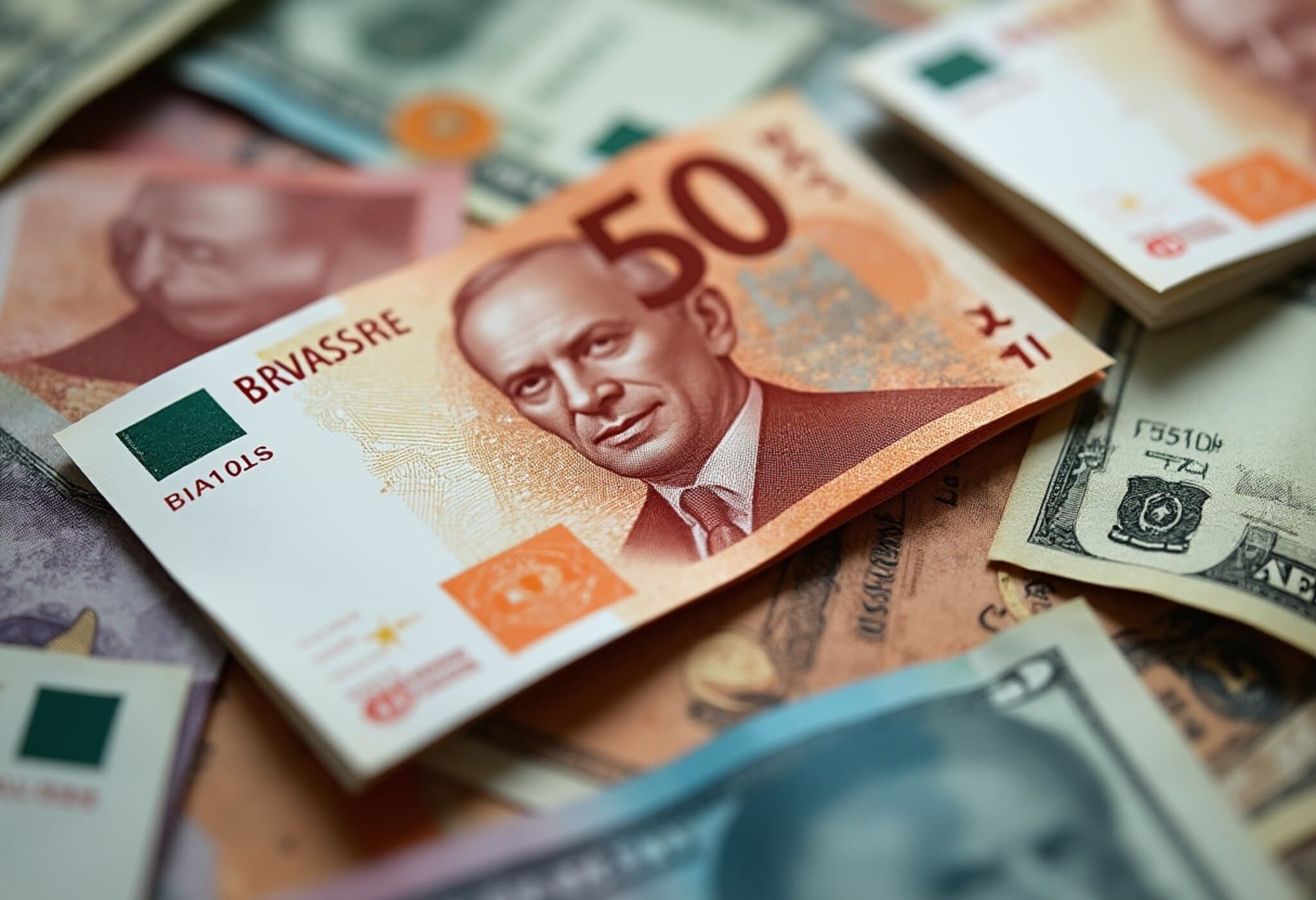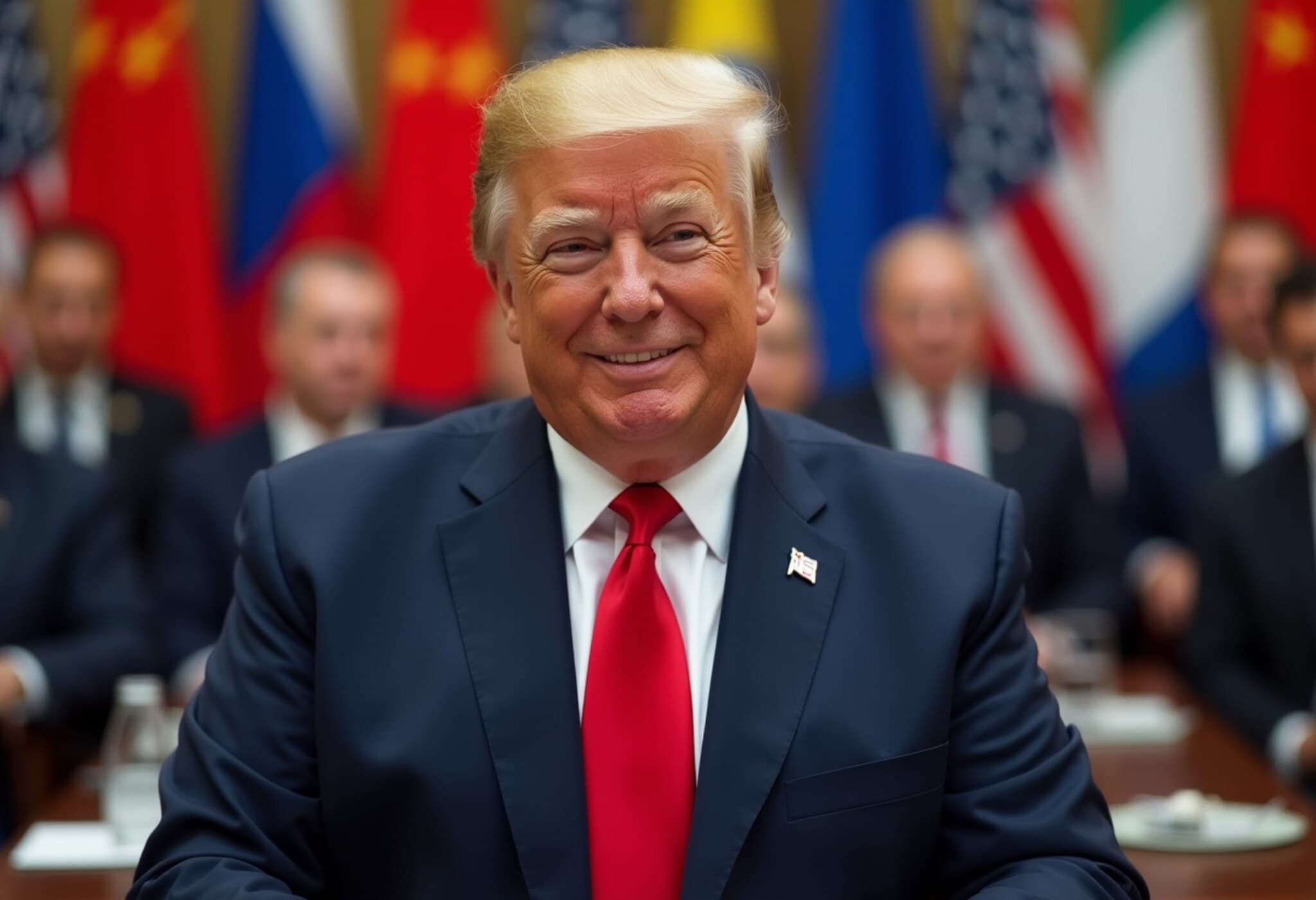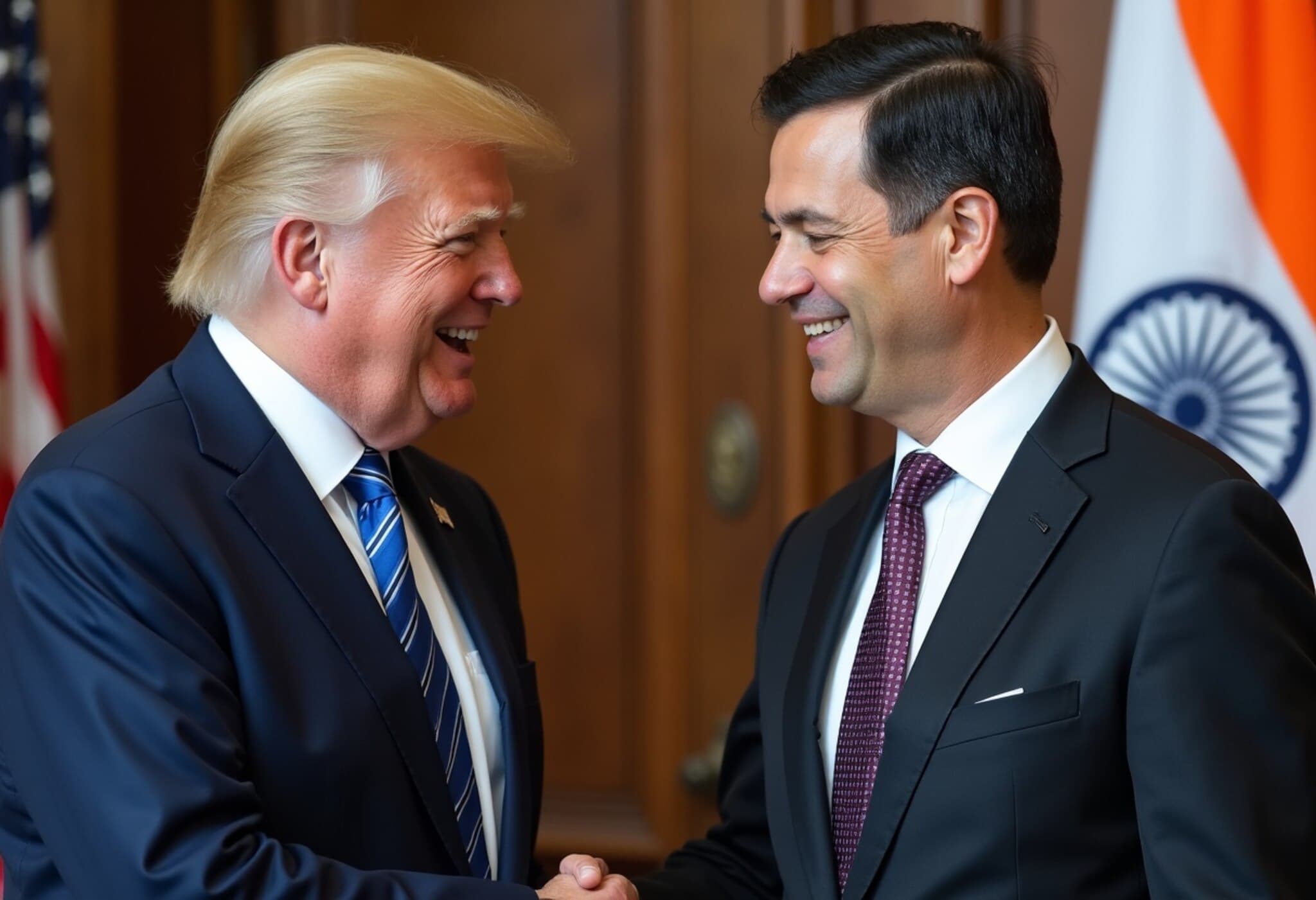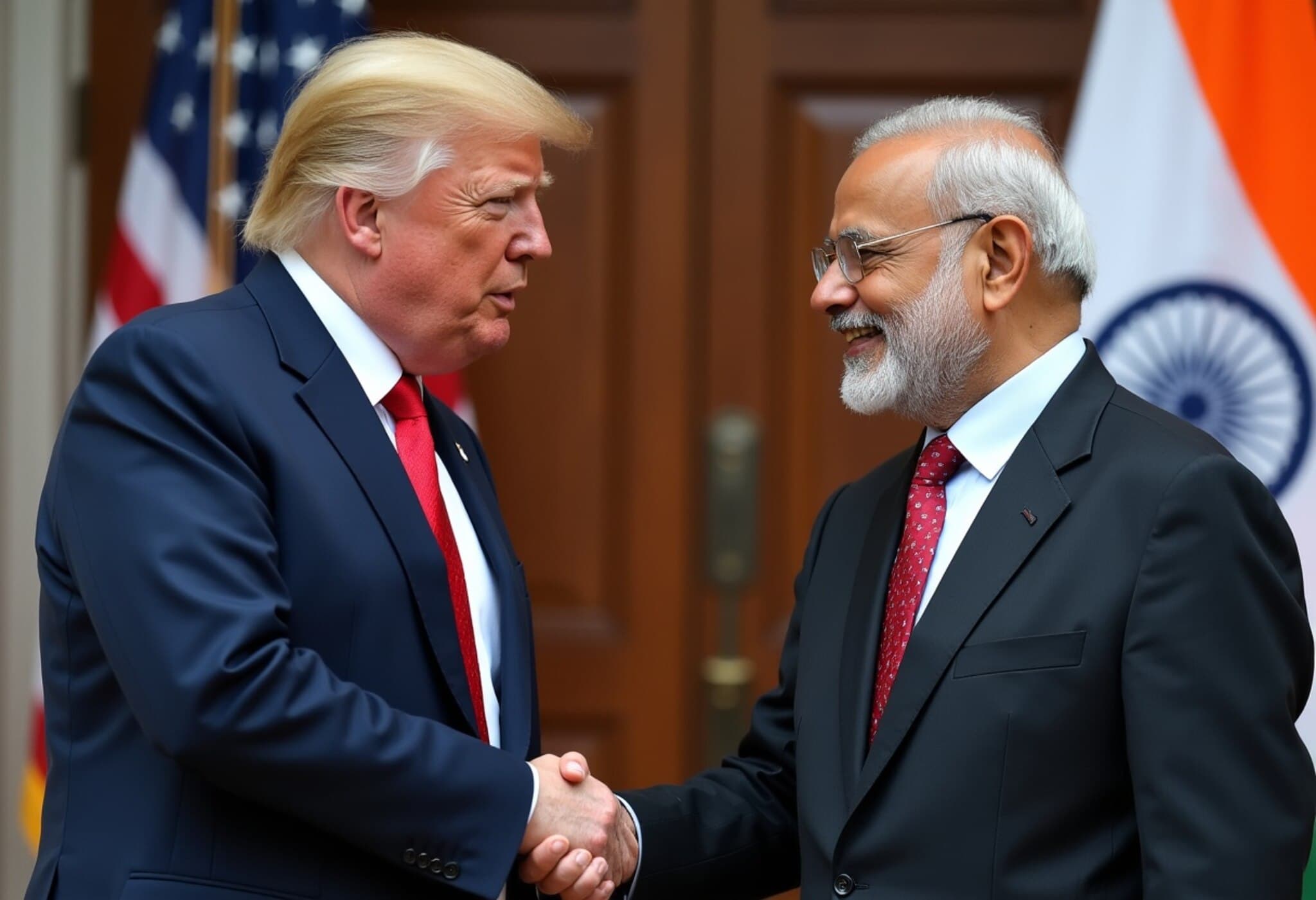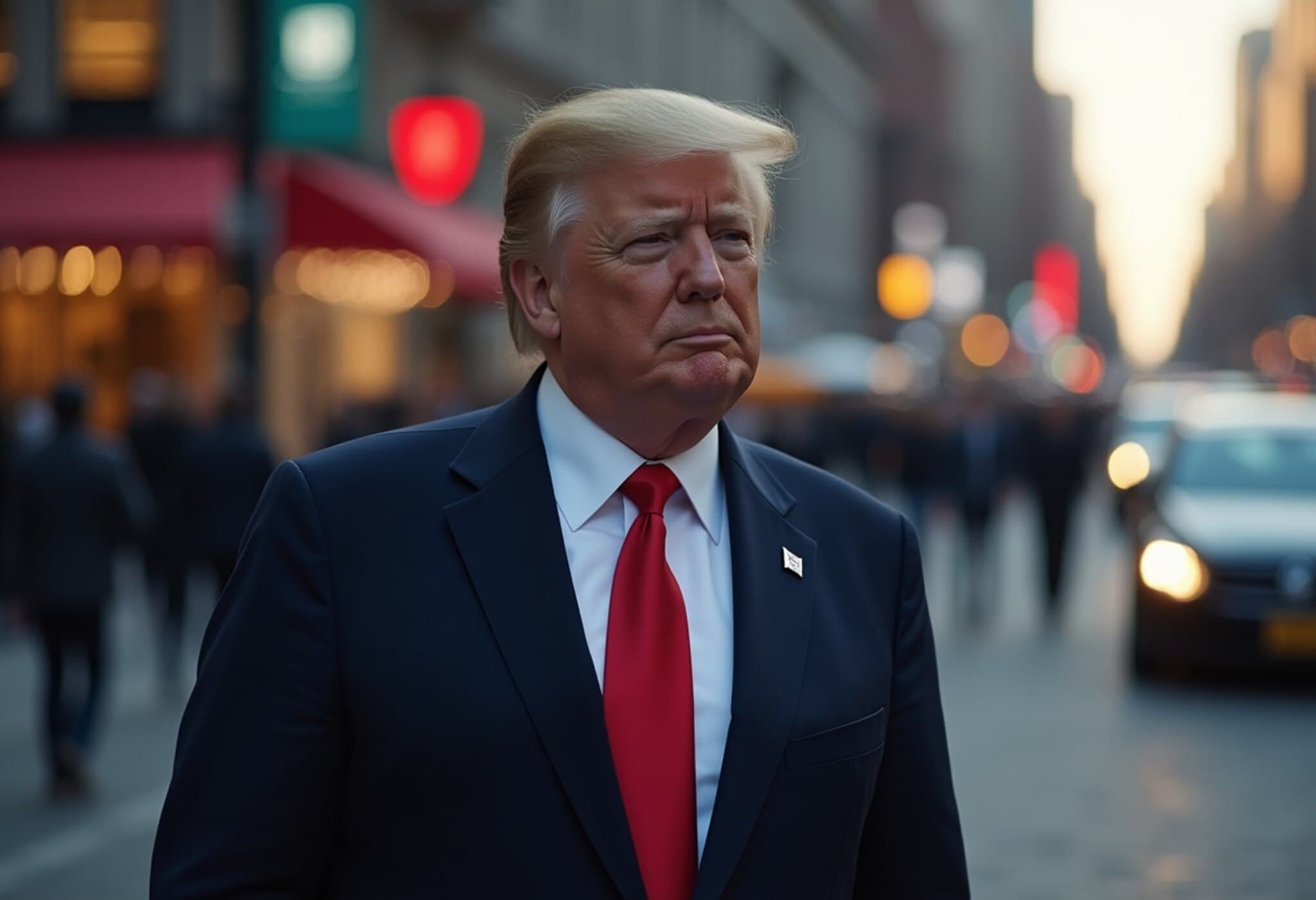Global Shift: Embracing Military Power as a Pillar of National Identity
Across the globe, a remarkable trend is taking shape — nations are increasingly rallying around their militaries, not simply as defensive forces, but as central symbols of national pride and legitimacy. This resurgence is visible from Germany inaugurating its very first Veterans Day to the United States’ theatrical military parades reinstated by political leadership.
Germany’s Historical Pivot: A New Era for the Bundeswehr
For Germany, a nation long cautious about its militaristic heritage, the introduction of a national Veterans Day marks a profound cultural transformation. This inaugural event, led by Defense Minister Boris Pistorius, was hailed as a "long-overdue recognition" of soldiers’ service. Where once the military was regarded with apprehension, today it is increasingly seen as a guardian of European security and democratic stability.
Following Russia’s invasion of Ukraine in 2022, public and political perception of the Bundeswehr has shifted dramatically. Experts note the emergence of consensus believing that modern democracy requires robust armed forces. Politically, this shift gained further momentum with the rise of Chancellor Friedrich Merz, who commits to building "the strongest conventional army in Europe." His ambitious plan includes significant troop increases, upgraded military equipment, and a boost in defense spending to 5% of GDP — surpassing even US military expenditure ratios.
America’s Dramatic Display: Trump’s Military Spectacle
Meanwhile, in the United States, the military spectacle took center stage during the 79th birthday parade of former President Donald Trump. While the event drew protests amid a backdrop of political division, the parade itself underscored Trump's emphasis on military might as a core pillar of national identity. His rhetoric reaffirmed a vision of American dominance, warning that adversaries would face "total and complete defeat" by US troops.
This blend of martial pageantry and political messaging has helped cement military pride in the fabric of American public life once again, despite the ongoing political unrest.
Wars Shaping Military Priorities Worldwide
These shifts are deeply intertwined with ongoing global conflicts. The war in Ukraine remains pivotal, prompting European nations to bolster military readiness amid uncertainties about future NATO support. In the Middle East, over 45 active armed conflicts keep regional militaries in a high state of alert. Likewise, Africa grapples with more than 35 non-international conflicts, notably in Ethiopia, Mali, and Nigeria, fueling a rise in defense budgets worldwide.
Between 2021 and 2024, European defense spending surged by 30%, reaching €326 billion ($377 billion). The EU's ambitious "Readiness 2030" initiative includes €150 billion ($173.5 billion) in defense loans, signaling sustained investment in joint procurement and research efforts.
Asia’s Heightened Alert: Responding to Regional Tensions
In Asia, military assertiveness and apprehension are escalating. China’s pressure on Taiwan and South China Sea disputes spark regional arms races, while India faces complex security challenges with neighboring Pakistan and China. Operation Sindoor spotlighted India’s urgent need to enhance deterrence amid ongoing hostility and blurred lines between Pakistan’s military and terrorist factions.
As tensions simmer, countries in the Indo-Pacific region are preparing for scenarios where alliances might falter, reinforcing the imperative for self-reliant defense.
The Military-State Nexus and Its Political Consequences
In nations like Pakistan and North Korea, the military transcends its traditional role, effectively ruling the state. Pakistani generals remain influential in directing national policy despite military setbacks, highlighting a deep intertwining of military power and governance. Such militarization often erodes democratic processes and civilian oversight.
Even democratic countries are gravitating towards strengthening military influence politically, as reflected in renewal of martial rhetoric and heightened defense investment worldwide.
Economic Force Behind the Uniforms: The Growing Defense Industry
Beyond strategy and symbolism, the burgeoning defense industry is a key driver of this militarization. In Europe alone, defense industry turnover jumped nearly 17% in 2023, generating €158 billion ($182.7 billion) and supporting over 580,000 jobs across aeronautics, naval, and land sectors.
This economic dimension highlights defense spending as a dual-purpose tool—fueling security capabilities while bolstering technological advancement and industrial independence.
Redefining Norms: Toward a World Anchored in Military Strength
Diplomacy and international organizations no longer provide the sole frameworks for peace. Instead, a worldwide return to valuing military strength, whether with cautious resolve or confident pride, is becoming the new status quo.
From Berlin to Washington, Paris to New Delhi, this global embrace of military power blends strategy, politics, and economics. Whether driven by necessity, a rekindling of national pride, or rising insecurity, this wave of militarism signals a world preparing for the challenges of an uncertain future.


